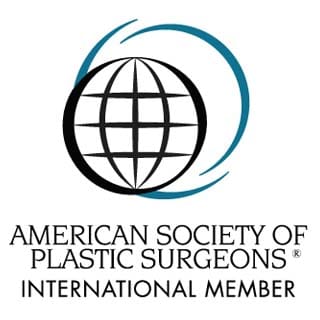
Otoplasty, also commonly known as Prominent Ear Correction, is the surgical reshaping of the outer ear, to correct either deformities or make them look better. Otyoplasty can be either a cosmetic or reconstructive procedure. Pinning back prominent ears is an example of cosmetic otoplasty, while surgery to build up the outer ear after injury is an example of reconstructive otoplasty.
Otoplasty more commonly occurs during childhood, but can be done on patients of any age.
The pinna has a minor function in aiding good hearing. As far as most humans are concerned, the pinna’s main function is to either look nice or not stand out. Some people feel that their ears stick out too much.
Typically, the outer ear sticks out from the side of the head at an angle of about 20 to 35 degrees. If the angle is more than 35 degrees, they will appear to “stick out”.
If the pinna has too much cartilage, there is a greater chance it will be prominent (protruding ear).
The ridge of cartilage at the top of the ear does not fold properly during development. The outer edge of the ear does not fold in toward the head and instead sticks outwards.
Prominent ears can also be the result of an injury to the ears.
Two main techniques are used to correct protruding ears:
This is a simple and safe procedure that can be used to treat babies who are six months old or younger. The soft cartilage is reshaped by using a splint to support and keep the ear in the new position. After six months of age, the cartilage in the ear becomes too hard to be remodelled with splints. For older children, surgery will be the only treatment option.
Otoplastic techniques are used to correct, reconstruct, or replace a deformed, defective, or missing ear (pinna). The cartilage is remodelled. For best results, an otoplasty should be carried out after the ears have reached their full size. Most children’s ears will be almost full size by the time they are five years old. The surgery can create the missing folds and position the ear closer to the head.
Three main types of otoplasties:
In adults, surgery can be performed under intravenous sedation supplemented with local anesthesia. In children, general anesthesia is used. The incision is made behind the ear. The procedure lasts approximately one to two hours. The thin scar is localized behind the ear and out of view. The scar will fade over time and should become barely noticeable.
The patient will have to have bandages over the ears for several days after surgery. While the bandages are in place, it will not be possible for patients to wash their hair. After the removal of the bandages, a supportive loose headband is worn over the ears at night. This will help to take tension off of the ears. The headband should be worn loose to prevent the ears from being pulled forward when the patient moves in his/her sleep.
The patient can return to school or work within a week* of the surgical procedure. Regular activity and exercise can restart within two weeks. I urge patients to avoid any activities that could cause trauma or injury to the ears during the recovery period. Physical contact sports (judo, rugby, football…) should be avoided for at least three months. Swimming should be avoided for up to eight weeks after surgery.
Monday – Friday: 09:00am – 06:00pm
Saturday: 09:00am – 02:00pm
Sun and PH: Closed
(Strictly by appointment only)

Copyright ⓒ Shens Clinic | Privacy Policy | Terms and Conditions .